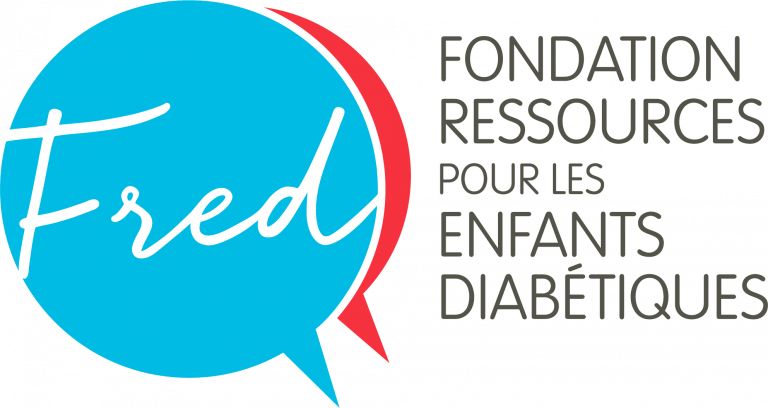Type 1 diabetes - day-to-day management
High blood sugar
Home / Type 1 diabetes / Blood sugar monitoring / High blood sugar
What is hyperglycemia?
High blood glucose is excess sugar in the blood. Due to lack of insulin, sugar cannot reach cells and remains trapped in the blood. This situation occurs when children do not have enough insulin, either because it was difficult to calculate the right dose, or because of excessive carbohydrate intake. Consequently, sugar may accumulate in the urine and create ketones in the urine, and in some cases it might lead to ketoacidosis.
Symptoms of high blood glucose are fairly consistent: insatiable thirst, frequent need to urinate, fatigue, and drowsiness. If left untreated, a person who experiences sustained episodes of high blood glucose over a short period of time will tend to lose a lot of weight.
To decrease blood glucose levels, insulin must be administered. This can be done with an insulin injection, or with a “bolus” administered by an insulin pump. Exercise can also help lower blood glucose, but a child may not feel capable of doing so. Drinking water can help a child feel better, even though it has no effect on lowering sugar levels in the blood.

In the long term, someone who experiences several episodes of prolonged hyperglycemia over a short period of time will tend to lose a lot of weight.



